Append Slice To Slice Golang
Slices are an essential data structure in the Go programming language (Golang) that allows developers to work efficiently with sequences of elements. One of the most common operations performed on slices is appending one slice to another. In this article, we will explore how to use the append function in Golang to append slices while addressing frequently asked questions about this operation.
What is a Slice in Golang?
—————————–
In Golang, a slice is a dynamic data structure that represents a contiguous segment of an underlying array. Unlike arrays, slices have a variable length, which makes them more flexible for handling collections of elements. Slices are widely used in Golang because they are efficient and easy to work with.
What is the “append” function in Golang?
———————————————
The append function in Golang is a built-in function that allows developers to append elements to a slice. It takes a slice and one or more elements as arguments and returns a new slice that includes the appended elements. The signature of the append function is as follows:
func append(slice []T, elements …T) []T
Using the append function to add elements to a slice
——————————————————–
To add elements to a slice, you can use the append function. Here’s an example that demonstrates how to append elements to a slice:
“`go
slice := []int{1, 2, 3}
slice = append(slice, 4, 5)
“`
In the above example, the slice initially contains the elements [1, 2, 3]. After the append operation, the slice becomes [1, 2, 3, 4, 5].
Creating a new slice by appending one slice to another
———————————————————-
In Golang, you can create a new slice by appending one slice to another using the append function. Here’s an example:
“`go
slice1 := []int{1, 2, 3}
slice2 := []int{4, 5}
newSlice := append(slice1, slice2…)
“`
In the above example, the “…” syntax is used to unpack the elements of slice2 so that they can be appended individually to slice1. The newSlice will contain all the elements from slice1 and slice2, resulting in [1, 2, 3, 4, 5].
Modifying a slice by appending another slice
———————————————–
Appending one slice to another directly modifies the original slice. This is because the append function returns a new slice only when the capacity of the underlying array is exceeded. Otherwise, it appends the elements to the existing slice. Here’s an example:
“`go
slice1 := []int{1, 2, 3}
slice2 := []int{4, 5}
slice1 = append(slice1, slice2…)
“`
In the above example, the append operation modifies slice1, resulting in [1, 2, 3, 4, 5].
Handling capacity limitations when appending to a slice
———————————————————
When appending elements to a slice, Golang may need to allocate a new underlying array with a larger capacity if the existing capacity is not sufficient. By default, Golang doubles the capacity of the underlying array each time it exceeds the existing capacity. This behavior ensures that the append operation is efficient, but it also means that you may need to allocate a new slice to accommodate the increased capacity. Here’s an example:
“`go
slice := []int{1, 2, 3}
slice = append(slice, 4, 5)
fmt.Println(len(slice), cap(slice)) // Outputs: 5 6
“`
In the above example, the initial capacity of the underlying array is 3. After appending two elements, the capacity is increased to 6 to accommodate additional appends efficiently.
The behavior of the append function with nil slices
—————————————————
If you try to append elements to a nil slice, the append function will create a new slice with the provided elements. Here’s an example:
“`go
var slice []int
slice = append(slice, 1, 2, 3)
“`
In the above example, the nil slice is assigned the appended elements [1, 2, 3].
Performance considerations when appending slices in Golang
———————————————————-
While the append function is convenient, it is important to consider the performance implications when appending large slices. Each append operation may involve memory reallocation and copying of elements to a new underlying array if the capacity is exceeded. To optimize performance, you can preallocate the required capacity using the make function before appending elements. This approach reduces memory reallocations and can significantly improve the performance of append operations.
FAQs
——
Q: Can I append multiple slices in Golang?
A: Yes, you can append multiple slices in Golang by passing them as arguments to the append function. For example, `slice = append(slice, slice1…, slice2…)` will append slice1 and slice2 to the slice.
Q: How can I append a struct to a slice in Golang?
A: You can append a struct to a slice in Golang using the append function. The struct should be added as a separate element to the append function. For example, `slice = append(slice, struct{})` will append a struct to the slice.
Q: How can I split a slice in Golang?
A: To split a slice in Golang, you can create two different slices using slicing syntax. For example, `slice1 := slice[:n]` and `slice2 := slice[n:]` will split the slice into two slices at index n.
Q: How can I create a slice in Golang?
A: To create a slice in Golang, you can use the make function. For example, `slice := make([]T, length, capacity)` creates a slice of type T with a specified length and capacity.
Q: What is the difference between an array and a slice in Golang?
A: Arrays have a fixed length specified at compile time, while slices have a dynamic length and are more flexible as they can grow or shrink as needed.
Q: Can I append elements to an array in Golang?
A: No, arrays have a fixed length and cannot be resized. To work with a dynamic length, you should use slices instead.
Q: How can I create a slice of slices in Golang?
A: To create a slice of slices in Golang, you can define a slice of the desired type. Each element of the parent slice can then be a slice. For example, `[][]int` defines a slice of slices of integers.
Q: How can I create a unique slice in Golang?
A: To create a slice with unique elements in Golang, you can use a map to keep track of the elements already added. Iterate over the original slice and add each element to the map to remove duplicates. Finally, form a new slice using the keys of the map.
In conclusion, appending one slice to another is a common operation in Golang, and it can be done efficiently using the built-in append function. Understanding the behavior and limitations of append is essential for effective slice manipulation. By following the guidelines provided in this article, you can leverage the power of the append function to work with slices effectively in Golang.
Keywords: Append multiple slices golang, Append struct to slice Golang, Split slice golang, Create slice golang, Golang array vs slice, Append in Golang array, Slice of slice golang, Unique slice golang, Append slice to slice golang.
Append Slice To Slice Golang
Keywords searched by users: append slice to slice golang Append multiple slices golang, Append struct to slice Golang, Split slice golang, Create slice golang, Golang array vs slice, Append in Golang array, Slice of slice golang, Unique slice golang
Categories: Top 40 Append Slice To Slice Golang
See more here: nhanvietluanvan.com
Append Multiple Slices Golang
The append function in Go is used to append elements to a slice. It takes a slice as its first argument, followed by one or more elements to be appended. When you append elements to a slice, the function creates a new slice with a larger capacity if necessary and copies the existing elements to the new slice. This makes it a flexible and convenient way to add elements to slices dynamically.
To append multiple slices together, you can use the spread operator (…) to expand each slice into separate arguments for the append function. Let’s take a look at an example:
“`go
package main
import “fmt”
func main() {
slice1 := []int{1, 2, 3}
slice2 := []int{4, 5, 6}
slice3 := []int{7, 8, 9}
combinedSlice := append(append(slice1, slice2…), slice3…)
fmt.Println(combinedSlice) // Output: [1 2 3 4 5 6 7 8 9]
}
“`
In this example, we have three separate slices (`slice1`, `slice2`, and `slice3`) containing different sets of integers. By using the append function with the spread operator, we can append `slice2` and `slice3` to `slice1` to create a new combined slice (`combinedSlice`). When we print `combinedSlice`, it outputs `[1 2 3 4 5 6 7 8 9]`, which demonstrates that the elements of all three slices have been successfully combined into a single slice.
It’s important to note that the order in which you append the slices together matters. In the example above, we appended `slice2` after `slice1` and `slice3` after `slice2`. If we had appended the slices in a different order, the resulting combined slice would have been different. So, make sure to append the slices in the desired order to achieve the desired result.
Now, let’s address some common questions related to appending multiple slices in Go:
**Q: Is there a limit to the number of slices I can append together?**
A: There is no inherent limit to the number of slices you can append together. However, keep in mind that the size of the resulting combined slice will depend on the length and capacity of the input slices. If the total size exceeds the available memory, it may cause performance issues or even lead to a runtime error.
**Q: Can I append slices of different types?**
A: No, all the slices being appended must have the same element type. Go is a statically typed language, so it enforces type safety. If you try to append slices with different element types, the compiler will raise a type mismatch error.
**Q: Can I append an empty slice?**
A: Yes, you can append an empty slice to another slice using the same append function. This can be useful when you want to initialize a slice with an empty set of elements and later populate it dynamically.
**Q: How can I append a single element to multiple slices?**
A: If you want to append a single element to multiple slices, you can simply use a loop to iterate over each slice and append the element individually. The append function can handle appending a single element to a slice efficiently.
In conclusion, the append function in Go provides a convenient way to append elements to slices dynamically. By using the spread operator, you can easily append multiple slices together to create a combined slice. Just remember to pay attention to the order in which you append the slices. Hopefully, this article has helped you understand how to append multiple slices in Go and provided answers to some common questions related to this topic.
Append Struct To Slice Golang
Introduction:
In the world of programming, the ability to work with slices and structs efficiently can greatly enhance the flexibility and scalability of your code. In Golang, the “append” function plays a vital role in extending slices dynamically. However, appending a struct to a slice requires some understanding of the underlying concepts and techniques. In this article, we will explore how to append a struct to a slice in Golang, covering the topic in depth and providing a comprehensive guide for developers.
Understanding Slices and Structs:
Before diving into the specifics of appending a struct to a slice, it’s essential to grasp the fundamentals of slices and structs in Golang.
Slices are a crucial data structure in Golang, providing a dynamic and efficient way to work with collections of elements. They are akin to arrays but with additional capabilities and flexibility. A slice is essentially a reference to an underlying array and includes information about the length and capacity of the slice.
On the other hand, structs allow you to define your own custom data types by grouping together different fields or attributes. A struct can contain various data types, including basic types, other structs, or even slices. By organizing related data into a single entity, structs provide a powerful tool for creating complex data structures.
Appending Structs to Slices:
Appending a struct to a slice in Golang involves a few essential steps, which we will explore in detail below.
Step 1: Define the struct
To begin, you need to define the struct that you want to append to the slice. Let’s consider a simple example of a struct representing a person:
“`
type Person struct {
Name string
Age int
}
“`
Step 2: Create the slice
Next, define an empty slice of the struct type you just created. For instance:
“`
people := []Person{}
“`
This creates an empty slice that can store values of the Person struct.
Step 3: Append elements to the slice
Now that you have an empty slice, you can use the “append” function to add elements to it. To append a struct to the slice, create a new instance of the struct and pass it as an argument to the append function. For example:
“`
person1 := Person{Name: “John”, Age: 25}
people = append(people, person1)
“`
This code snippet creates a new person object and appends it to the “people” slice.
Step 4: Repeat as needed
You can repeat the previous steps to append more structs to the slice. For instance:
“`
person2 := Person{Name: “Emma”, Age: 30}
people = append(people, person2)
person3 := Person{Name: “Adam”, Age: 40}
people = append(people, person3)
“`
This appends the person2 and person3 struct instances to the existing “people” slice.
Step 5: Access the appended struct elements
To access the appended elements, you can simply refer to the created slice and iterate over its elements. For example:
“`
for _, person := range people {
fmt.Println(person.Name, person.Age)
}
“`
This code snippet will print the names and ages of the appended people structs.
FAQs:
Q1. Can I append multiple structs at once?
A1. Yes, you can append multiple structs at once by passing them as multiple arguments to the append function. For example:
“`
people = append(people, person1, person2, person3)
“`
Q2. Can I append a struct to an existing slice?
A2. Absolutely! If you already have an existing slice, you can append a struct to it using the append function. Simply pass the struct as an argument to the append function, and it will add it to the slice.
Q3. Can I append a struct to a slice that contains other types?
A3. Yes, you can append a struct to a slice that contains other types. Slices in Golang can hold elements of different types, including other structs. Just ensure that the type of the struct matches the type of other elements in the slice.
Q4. Is there a limit to the number of structs I can append to a slice?
A4. No, there is no inherent limit to the number of structs you can append to a slice in Golang. The size of the slice will dynamically increase as you append elements, allowing you to store as many structs as needed.
Conclusion:
Appending a struct to a slice in Golang provides a powerful approach to managing collections of data. By following the steps outlined in this article, you can effectively append structs to slices, enabling you to build dynamic and flexible data structures. Remember to define your struct, create an empty slice, use the append function to add elements, and access the appended struct elements as needed. With a solid understanding of this process, you can confidently utilize slices and structs in your Golang projects.
Split Slice Golang
Golang, also known as Go, is a powerful and efficient programming language developed by Google. It is widely used for building scalable web applications and system-level software. One particular feature that stands out in Go is its ability to split a slice into multiple smaller slices. In this article, we will delve into the concept of split slice in Golang, explore its syntax, and provide code examples to help you understand its practical implications.
Understanding Split Slice in Golang:
In Go, a slice is a dynamically-sized, flexible view into the elements of an array. Slices are widely used to manipulate sequences of data and provide a convenient way to handle collections of elements.
Splitting a slice refers to dividing it into several smaller slices based on certain conditions. For instance, you might want to split a list of integers into two slices, one containing all the even numbers, and another with all the odd numbers. Splitting a slice helps in organizing and processing data in a more efficient manner, especially when you need to perform specific operations on different subsets of the slice.
Syntax for Split Slice in Golang:
The split slice operation in Golang requires two parameters: the original slice and a function that specifies the splitting condition. The function used for splitting takes an element from the slice as input and returns a boolean value – true if the condition is met, and false otherwise.
The syntax for split slice in Golang can be defined as follows:
“`go
func SplitSlice(original []T, condition func(T) bool) ([]T, []T) {
var matching []T
var nonMatching []T
for _, element := range original {
if condition(element) {
matching = append(matching, element)
} else {
nonMatching = append(nonMatching, element)
}
}
return matching, nonMatching
}
“`
In this example, ‘T’ represents the type of elements in the slice. The ‘condition’ function is applied to each element of the ‘original’ slice. If the condition evaluates to true, the element is added to the ‘matching’ slice, otherwise, it is added to the ‘nonMatching’ slice. Finally, both ‘matching’ and ‘nonMatching’ slices are returned.
Practical Application – Splitting Integers:
Let’s consider a practical scenario where we split a slice of integers into two slices, one containing numbers divisible by 3 and another with those not divisible by 3:
“`go
func main() {
numbers := []int{1, 3, 6, 8, 9, 12, 15, 18}
divisibleByThree, notDivisibleByThree := SplitSlice(numbers, func(element int) bool {
return element%3 == 0
})
fmt.Println(“Divisible by three:”, divisibleByThree)
fmt.Println(“Not divisible by three:”, notDivisibleByThree)
}
“`
In this example, we define the ‘numbers’ slice and use the SplitSlice function to split it. The anonymous function inside SplitSlice checks if each element is divisible by three using the modulo operator. If true, it adds the element to ‘divisibleByThree’, otherwise to ‘notDivisibleByThree’. Finally, we print both resulting slices.
FAQs about Split Slice in Golang:
Q1. Can a slice be split into more than two smaller slices?
A1. Yes, the SplitSlice function can be modified to split a slice into any desired number of smaller slices. You can add more return parameters and condition checks accordingly.
Q2. What happens if the original slice is empty?
A2. When the original slice is empty, both the ‘matching’ and ‘nonMatching’ slices returned from the SplitSlice function will also be empty.
Q3. Can complex conditions be applied for splitting?
A3. Absolutely! The splitting condition can be as simple or complex as required. You can use logical AND and OR operators, compare values against multiple conditions, or even call separate functions within the splitting condition.
Q4. Is it possible to split slices of custom-defined structs?
A4. Yes, the SplitSlice function is not restricted to any specific type. It can be used with slices of any custom-defined structs, primitive types, or even strings.
Q5. Is there any performance impact while splitting large slices?
A5. Splitting large slices in Golang is efficient due to the language’s built-in optimizations. However, as the number of elements and complexity of the splitting condition increase, it is always advisable to test and benchmark your code to ensure optimal performance.
In conclusion, the split slice feature in Golang provides a powerful mechanism to organize and process data efficiently. With its clear syntax and flexibility, it allows developers to easily split slices based on specific conditions. By exploring the provided code examples and addressing frequently asked questions, we hope we’ve provided you with a comprehensive understanding of split slice in Golang and its practical implications.
Images related to the topic append slice to slice golang
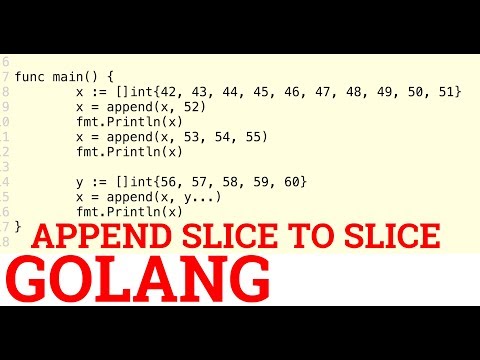
Found 43 images related to append slice to slice golang theme
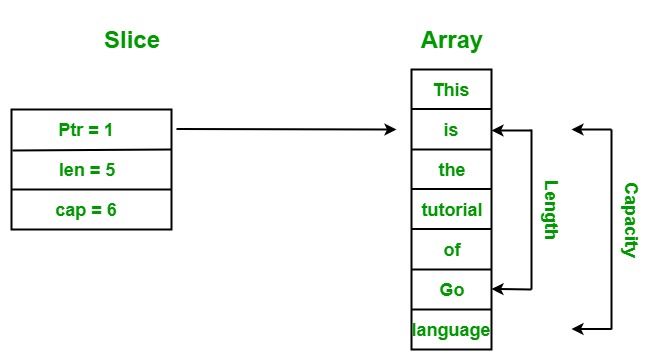

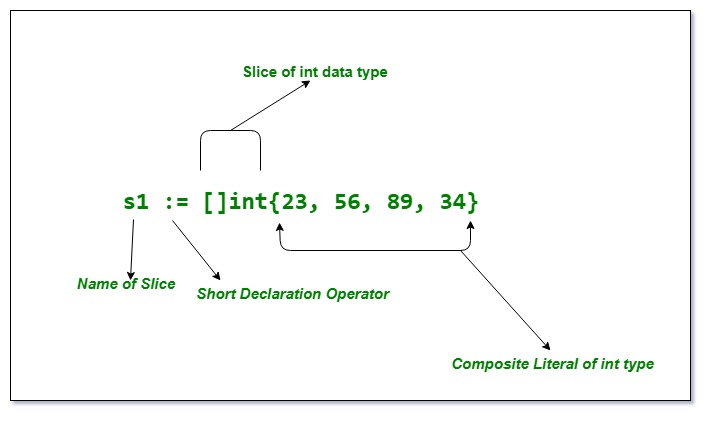
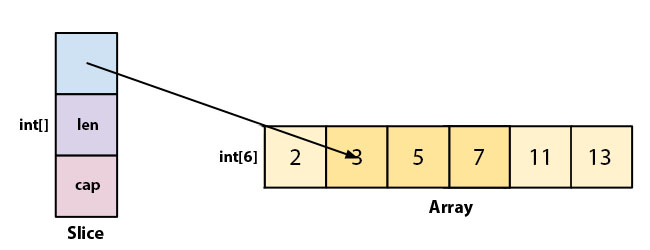

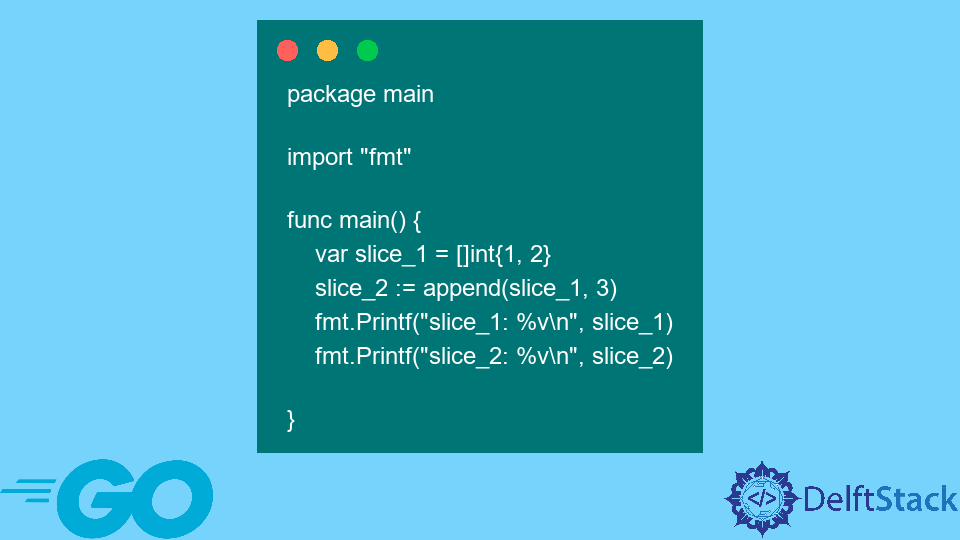


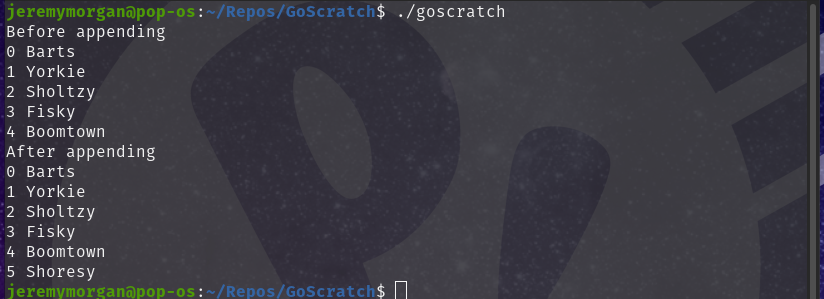



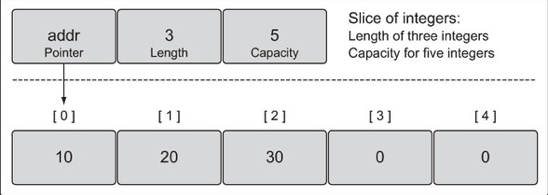

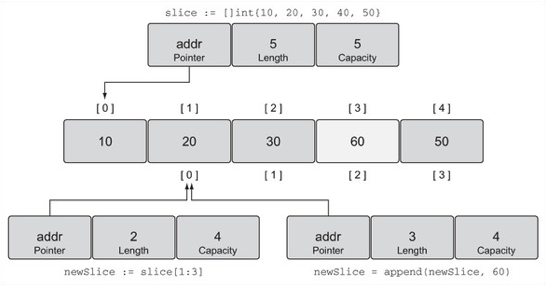
![Go] Chuyển đổi Int/String Slice sang kiểu dữ liệu String trong Golang - Technology Diver Go] Chuyển Đổi Int/String Slice Sang Kiểu Dữ Liệu String Trong Golang - Technology Diver](https://cuongquach.com/wp-content/uploads/2020/06/convert-int-string-slice-to-string.jpg)



![Golang Common Mistakes] Sai lầm khi sử dụng slicing slice trong Golang Golang Common Mistakes] Sai Lầm Khi Sử Dụng Slicing Slice Trong Golang](https://images.viblo.asia/3570007f-0591-4356-b4fc-719b2e57ae2f.png)
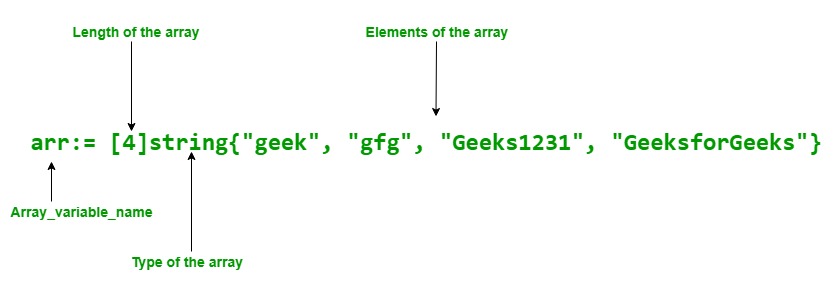

Article link: append slice to slice golang.
Learn more about the topic append slice to slice golang.
- Concatenate two slices in Go – append – Stack Overflow
- How to append anything (element, slice or string) to a slice
- Appending to a slice – A Tour of Go
- How append a slice to an existing slice in Golang?
- How to Concatenate Two or More Slices in Go – Freshman.tech
- How to append a slice in Golang? – GeeksforGeeks
- How to append to a slice in Golang – Educative.io
- Slice and Append function in Golang – Level Up Coding